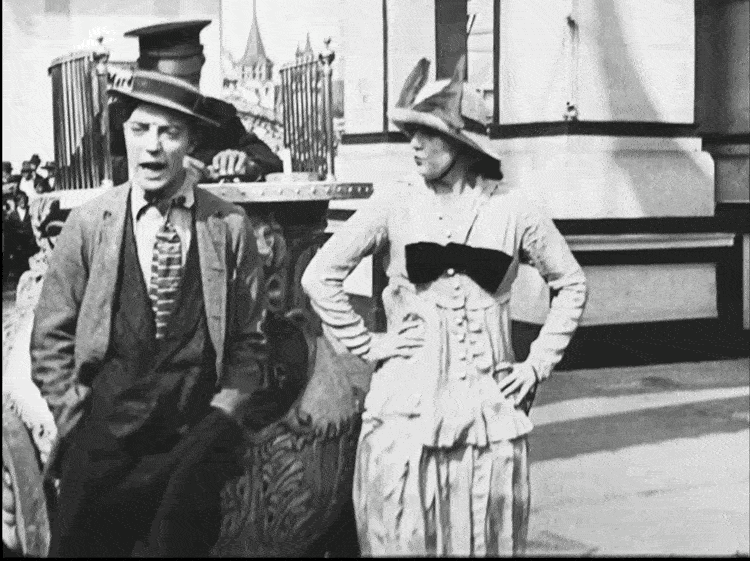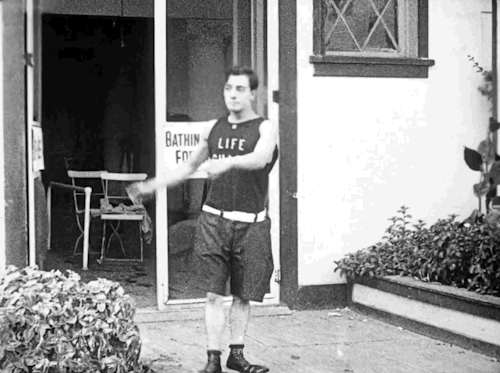I Don’t Know Man Knights Are Just Cool Sometimes

I don’t know man knights are just cool sometimes
More Posts from Thepresentman and Others
i have troubles finding a final design for my OCs, for i have no proper visual imagination. so references will take an eternity, until i will enjoy their final looks.
here are some collages from march 2023.



The time when Orson Welles met Ernest Hemingway for the first time back in 1937






some time ago now i made a video here are a few of the frames from that edit: to those of you looking for the video i put a link in the comments

They’re gonna 👊🏻💥💥👊🏻💥 👊🏻💥💥 some hapless goober
I partially redrew that one thing I made a year ago! The expressions were good but not as good as I get them now :P




they would be so overpowered together
milk-delivery



digital illustration featuring my ocs esther and anshel. / july 2024
the raw-boned fellow called anshel trostloski leans out of his window belonging to his little flat on the highest floor. his nightshirt flutters in the cold, nightly wind.
to his surprise he notices esther, the morning star, bringing milk to his home in the most dreary side of berlin.
"what a beautiful wonder. life is beautiful"
shlimazel sketch-compilation

various sketches of my ocs anshel and esther, made in different times...oh when will they finally have a reference

Harpo Marx, Hedda Hopper, and Danny Kaye at a circus benefit for St. John's Hospital, 1948








“Coney Island, shot on location on a busy day in Luna Park in 1917, may be the one in which his character displays the widest emotional range. In the first scene he shimmies up a pole to watch a Mardi Gras parade, laughs, and tries to applaud—causing him to lose his grip on the pole and fall onto his date for the day (Alice Mann). Buster also weeps theatrically to the camera when the girl deserts him at the entrance to a boardwalk ride called the Witching Waves. Later he laughs some more, doubling over in mirth at the plight of poor Roscoe, whom Buster has just inadvertently knocked down with a giant mallet at a “test-your-strength” booth. In the second reel, feeling his oats in a brand-new lifeguard uniform, Buster executes an impeccable standing backflip, for no other apparent reason than because he can. He even preens for a beat or two afterward, puffing up his chest before exiting the frame in an attitude of manly resolve.”
Camera Man: Buster Keaton, the Dawn of Cinema, and the Invention of the Twentieth Century by Dana Stevens

Last night they were acting Moliere in Fourteenth Street; Dickens was being played through the auspices of Nigel Playfair. Further uptown, George M. Cohan was unveiling the latest George M. Cohan musical comedy. But Broadway, being eternally curious, turned out in greatest numbers at the Biltmore Theater in Forty-Seventh Street, where the result of Mae West's latest encounter with the drama was being performed. This was the exhibit—play is not precisely the word—with a vaudeville background, whose preliminary trip through the Bronx and Queens had been followed by rumors that here was something that might arouse the police to action.
So began the review by an unnamed theater critic for the Times on October 2, 1928. It appeared, not in the arts section, but following a front-page story about the police ... taking action.
The play was Pleasure Man, a reworking by Mae West of her earlier play The Drag. It dealt not with vaudeville, as the critic said, but burlesque, and finished with a lavish drag ball.
Cops were stationed at all theater exits and just as the play was ending, reserves surrounded the front. When the cast tried to leave, they were arrested—56 in all, including West, who also acted in the show.
Of course this attracted audience members (some in evening dress, the Times noted) from other theaters nearby. The presence of cabs and other cars waiting to pick up theater-goers and actors added to the chaos.

Flashlights exploded as news photographers tried to capture the actors being led into paddy wagons. The police had to make five trips to get everyone to the station house on 47th St., where they were charged with indecency.
By 2:30 in the morning, Actors Equity posted bail. West's was $500, which may have been more than the others because she was doubly guilty, having written the play as well as acted in it. The producer, director, and theater staff were not arrested.
For some reason, the cops let the next day's matinee start, but raided it halfway through and arrested everyone once more. They had their own theatrical flair.
The trial wasn't held until April of 1930, and resulted in a hung jury. By that time West was a star, having triumphed in another play of her own called Diamond Lil. The next year she went to Hollywood.
Top photo: J.D. Doyle via Digital Transgender Archive Second photo: NY Daily News
-
 judas6sm liked this · 1 year ago
judas6sm liked this · 1 year ago -
 shoe-eater liked this · 2 years ago
shoe-eater liked this · 2 years ago -
 operatorfortheboogeymen liked this · 2 years ago
operatorfortheboogeymen liked this · 2 years ago -
 teadarka reblogged this · 2 years ago
teadarka reblogged this · 2 years ago -
 mechanizedmaggot liked this · 2 years ago
mechanizedmaggot liked this · 2 years ago -
 thepresentman reblogged this · 2 years ago
thepresentman reblogged this · 2 years ago

